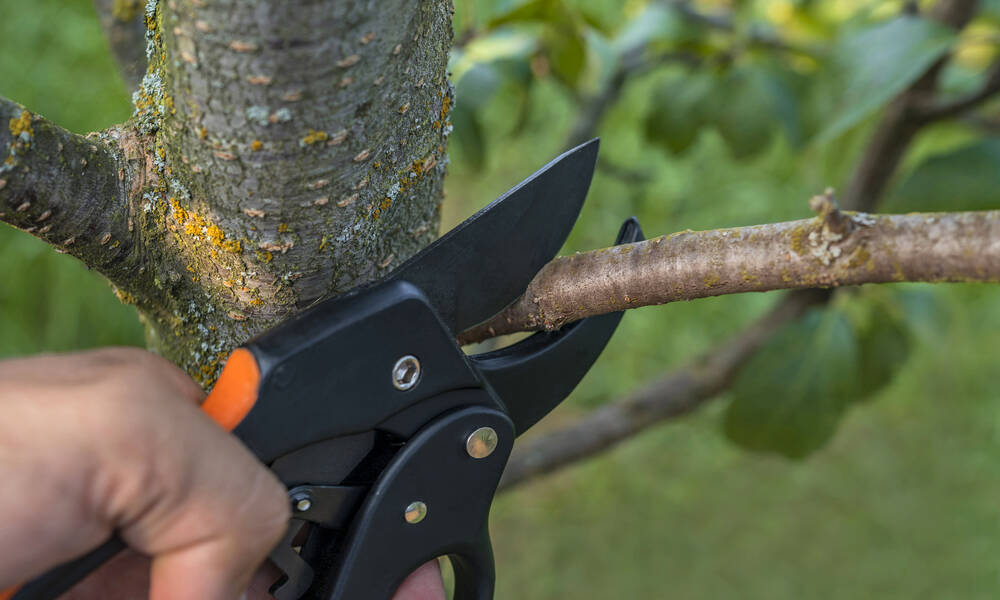
Pare Back Your Content: Four Strategies for Content Pruning
Content naturally grows outdated and loses its momentum on search engines—but one way to get your spark back might be by removing your old performers. Here’s why you should consider content pruning.
Having a huge archive of content may seem like a good thing. But there are cases where that archive can turn into a liability.
Say you have a lot of content that’s out of date because it refers to event and meeting strategies that aren’t relevant anymore—not an uncommon situation thanks to COVID-19.
That’s where content pruning comes into play. When information falls out of date and loses its value, it might be doing more harm than good by staying online—and as a result, you might be better off pulling that old piece off of your site.
Here are a few considerations as you start trimming away at old posts:
Think of it as cutting back the ugly growth. In a recent piece on Search Engine Journal, E2M Solutions’ Manish Dudharejia noted that firms that keep up older content often see their search results lose power over time. “Think of content pruning as landscaping: the longer you go in between service, the more weeds and ugly growth have time to take over,” he writes. “Many companies simply leave old content on their site to gather dust—and their rankings suffer as a result.” Thin content built around immediacy, without a lot of weight to it, can be good for drawing in immediate eyeballs, but over time, it can lose its luster. (Of course, you’ll have to balance out pruning considerations with competing concerns, such as archival. If you need to keep resources online long term, removing old posts may not be the right approach.)
Put a focus on the high performers. Perhaps you produce a lot of content, but over time, some of that content shows more success than other pieces might. This was a problem the software company G2 ran into when it decided to prune its blog in favor of the things that showed success. “Our publishing volume was by design. Because G2 is a review destination for both buyers and sellers of software, we had to target and write about many different industry verticals. This strategy was crucial for reaching one million organic sessions per month and becoming an authority on different types of software,” Devin Pickell wrote for G2. “However, it was undeniable that our blog had become bloated. We had an abundance of underperforming content, content that served little value to our core business and its audience, and duplicate content competing against each other.”
Keep an eye out for pollution. Content management systems can be messy things, with many moving parts, and a small change in one place can lead to a mess in your Google search results that you’ll have to clean up elsewhere, notes Cognitive SEO’s Razvan Gavrilas. “Every site has its evergreen content, which attracts organic traffic, and some pages that are deadwood. In the Google Index you should only have pages that you’re interested in ranking. Otherwise you might end up polluting your rank,” he writes. “Those pages filled with obsolete or low quality content aren’t useful or interesting to the visitor. Thus, they should be pruned for the sake of your website’s health.”
Don’t delete a page without offering another one. In a 2018 blog post for Animalz, content writer Jimmy Daly highlights the story of Will Waggoner, the SEO lead at QuickBooks, who aggressively pruned lots of pages from its site, but was careful to create redirects for lost pages. “Even though they didn’t get much traffic, Will wanted to redirect the URLs to make sure readers didn’t get 404 errors if they clicked a link pointing to a deleted page,” Daly wrote. “He went through the list of pages to be deleted and found places to redirect as many of the URLs as he could. For pages that didn’t have natural places to redirect to, he pointed to the Resource Center homepage.” While the original resource may no longer be there, it helps to protect the user experience.
(FedBul/iStock/Getty Images Plus)






Comments